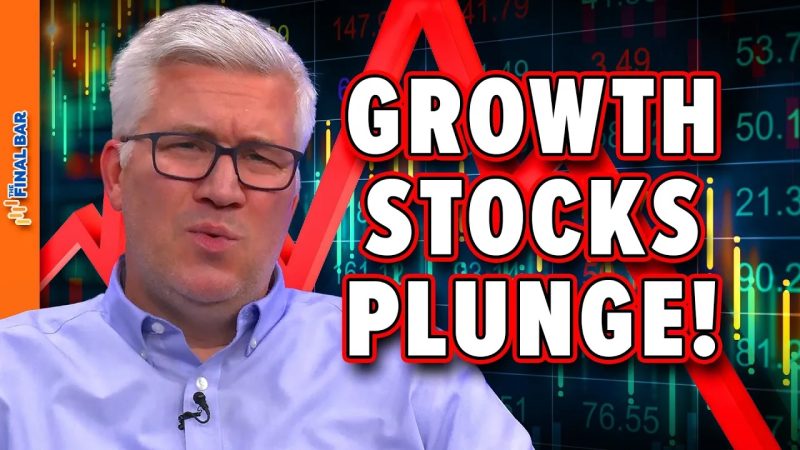The recent performance of growth stocks within the S&P 500 has garnered significant attention as the index has broken a key trendline, signaling a potential shift in market dynamics. This development has sparked discussions among investors and analysts, with many trying to make sense of the implications for their portfolios.
One of the primary factors contributing to the decline in growth stocks is the rising bond yields. As bond yields increase, the appeal of growth stocks diminishes, as investors seek higher returns in fixed-income securities. This trend has particularly impacted technology and other high-growth sectors, leading to a broad-based selloff within the S&P 500.
Additionally, concerns over inflation have also played a role in the underperformance of growth stocks. Inflationary pressures can erode the future value of cash flows, making high-growth companies less attractive to investors. As a result, many growth stocks have experienced significant declines in valuations, leading to a pullback in the overall index.
Furthermore, the market’s focus has shifted towards value stocks, which tend to outperform in environments characterized by rising interest rates and inflation. This rotation has been pronounced in recent weeks, with sectors such as financials, industrials, and energy seeing increased investor interest. This divergence in performance has widened the gap between growth and value stocks, reshaping the composition of the S&P 500.
In response to these developments, investors are reassessing their portfolios and considering adjustments to navigate the changing market environment. Some are reallocating their investments towards value stocks, while others are exploring defensive strategies to protect against further downside risk. The volatility in the market has also prompted renewed interest in diversification and risk management strategies to mitigate potential losses.
Looking ahead, the outlook for growth stocks within the S&P 500 remains uncertain, as factors such as interest rates, inflation, and market sentiment continue to influence investor behavior. While some see the recent pullback as a buying opportunity, others remain cautious about the sustainability of the current market trends. As such, investors are advised to closely monitor developments and adapt their investment strategies accordingly to navigate the evolving landscape of the stock market.
